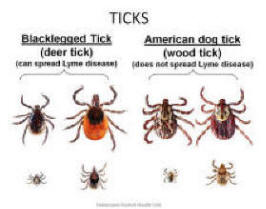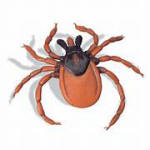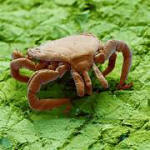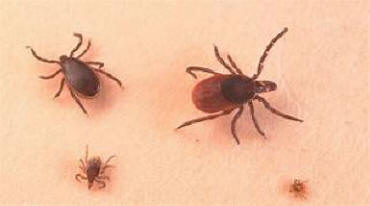
Causes of Lyme Disease
Lyme disease typically commences with a rash but can also cause neurological problems, persistent tiredness, and other symptoms. Microbes belonging to the spirochete’s phylum, which are carried by black-legged ticks, are believed to be the cause of Lyme disease.
The origin of the Borrelia bacteria that causes Lyme disease varies from country to country. For example, in North America, black-legged ticks, also called deer ticks, primarily carry bacteria. While in Europe, a different type of Borrelia causes Lyme disease. Ticks carry bacteria.
These ticks are known by a few names including:

Castor tick

Sheep tick

Deer tick
In larval and nymphal stages of the life cycle, Ixodes ticks feed on the white-footed mouse, which is the primary host for the spirochete (Borrelia burgdorferi) responsible for Lyme disease. Adult Ixodes ticks feed on deer, which do not carry B. burgdorferi.
-
Period
-
Larva
-
Nymph
Adult
Each stage requires one feeding. They feed on an
infected animal to get B. burgdorferi, and they can then feed on blood
to a human to spread the illness. Given that nymphs are tiny, hard to
find, and plentiful in the spring and early summer, it is most likely
that the transmission occurs during the nymphal stage. As a result, the
spring and summer are when erythema migrans incidence peaks.
Please contact us either by phone or
via e-mail if you have questions or would like more information.
